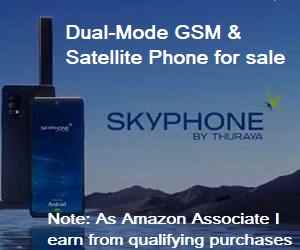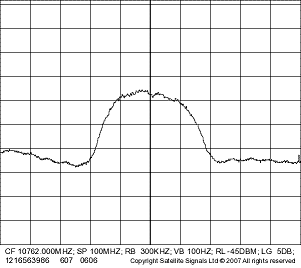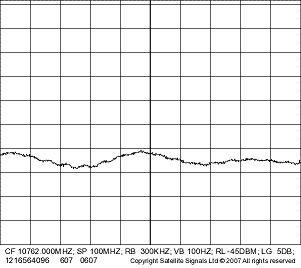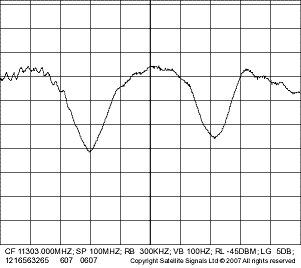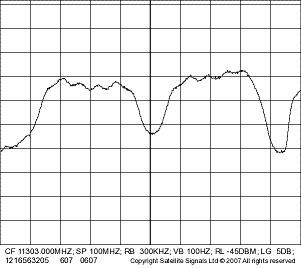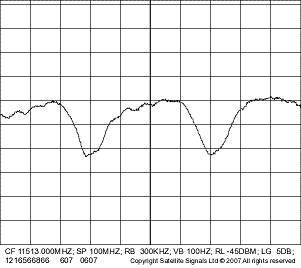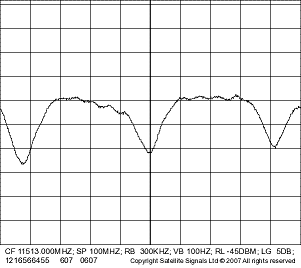Satellite Internet Forum.
Welcome, Guest. Forum rules.To search this site click here > SATSIG search
| Home Login Register |
| Satellite Internet forum › Satellite Internet - Europe › Any Broadsat Users here? |
|
Pages: 1
|
Any Broadsat Users here?(Read 8136 times) |
|
Ex Member
Ex Member
★ |
Jun 30th, 2008 at 2:29pm
|
| Back to top |
IP Logged
|
|
Ex Member
Ex Member
★ |
Reply #1 - Jul 1st, 2008 at 3:46pm
|
| Back to top |
« Last Edit: Feb 19th, 2015 at 8:58pm by Admin1 »
IP Logged
|
|
Ex Member
Ex Member
★ |
Reply #2 - Jul 18th, 2008 at 4:46pm
|
| Back to top |
« Last Edit: Feb 19th, 2015 at 8:58pm by Admin1 »
IP Logged
|
|
Admin1
YaBB Admin
★★★★★ Offline Posts: 1252 |
Reply #3 - Jul 18th, 2008 at 5:40pm
|
| Back to top |
« Last Edit: Jul 18th, 2008 at 9:52pm by Admin1 »
IP Logged
|
|
Ex Member
Ex Member
★ |
Reply #4 - Jul 20th, 2008 at 1:08pm
|
| Back to top |
IP Logged
|
|
Oasis Networks
Senior Member
★★★ Offline Posts: 232 |
Reply #5 - Jul 20th, 2008 at 3:28pm
|
| Back to top |
www.oasisnetworks.net - Oasis Networks - Online with you!
IP Logged
|
|
Eric Johnston
YaBB Moderator
★★★★★ Offline Posts: 2109 |
Reply #6 - Jul 20th, 2008 at 4:17pm
|
| Back to top |
« Last Edit: Jul 20th, 2008 at 6:06pm by Eric Johnston »
IP Logged
|
|
Eric Johnston
YaBB Moderator
★★★★★ Offline Posts: 2109 |
Reply #7 - Jul 20th, 2008 at 4:44pm
|
| Back to top |
« Last Edit: Jul 20th, 2008 at 6:08pm by Eric Johnston »
IP Logged
|
|
Ex Member
Ex Member
★ |
Reply #8 - Jul 21st, 2008 at 9:51am
|
| Back to top |
IP Logged
|
|
Eric Johnston
YaBB Moderator
★★★★★ Offline Posts: 2109 |
Reply #9 - Jul 21st, 2008 at 4:36pm
|
| Back to top |
« Last Edit: Jul 22nd, 2008 at 10:06am by Eric Johnston »
IP Logged
|
|
Ex Member
Ex Member
★ |
Reply #10 - Jul 22nd, 2008 at 6:37pm
|
| Back to top |
« Last Edit: Jul 23rd, 2008 at 11:20am by Laurie »
IP Logged
|
|
Eric Johnston
YaBB Moderator
★★★★★ Offline Posts: 2109 |
Reply #11 - Jul 22nd, 2008 at 6:51pm
|
| Back to top |
« Last Edit: Feb 19th, 2015 at 8:57pm by Admin1 »
IP Logged
|
|
Ex Member
Ex Member
★ |
Reply #12 - Jul 24th, 2008 at 4:58pm
|
| Back to top |
IP Logged
|
|
Pages: 1
|
Email me: eric@satsig.net
Powered by YaBB 2.5.2!
YaBB Forum Software © 2000-. All Rights Reserved.
Disclaimer, Terms of Use and Privacy Forum User Agreement Forum rules Cookie policy.
